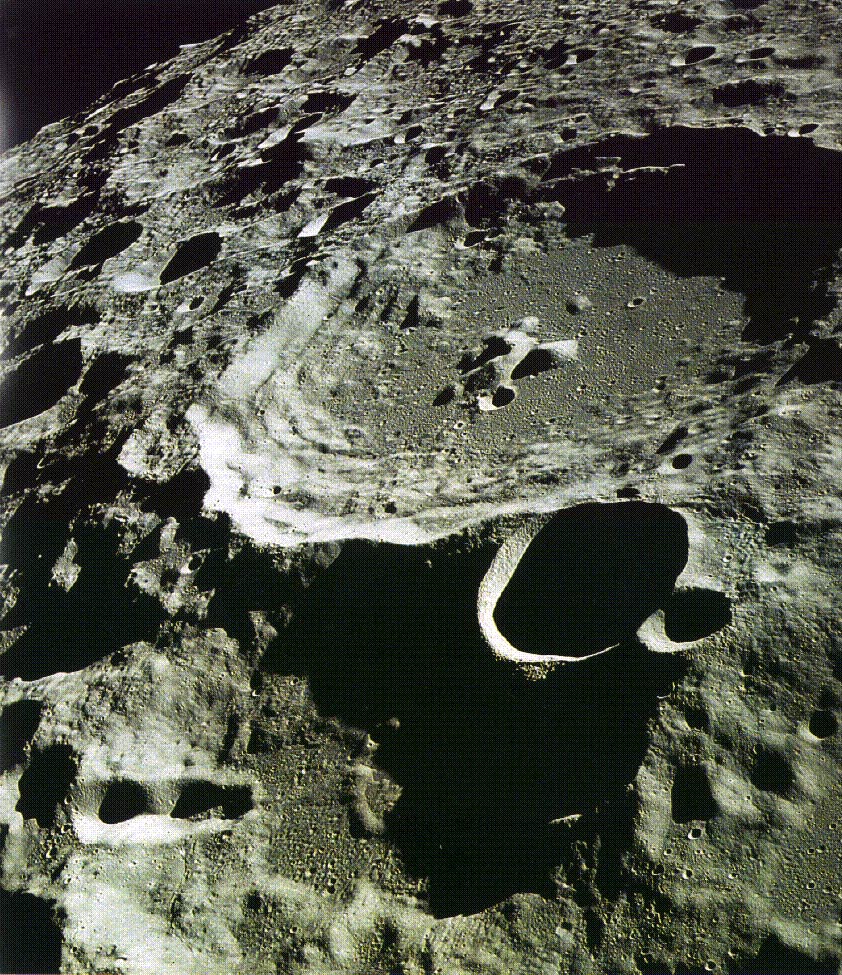 Looking up into the night or early morning sky, it is hard not to be drawn in by the moon looking back at you. During a full moon, you can see various terrains on the moon's surface with the naked eye, from smooth areas to rocky, craggy craters. Since the moon is considered relatively close to the earth, one would assume that the temperatures of the moon would be similar. This, however, is not the case. The moon's temperatures are extreme, varying from vaporizing heat to freezing cold.
Looking up into the night or early morning sky, it is hard not to be drawn in by the moon looking back at you. During a full moon, you can see various terrains on the moon's surface with the naked eye, from smooth areas to rocky, craggy craters. Since the moon is considered relatively close to the earth, one would assume that the temperatures of the moon would be similar. This, however, is not the case. The moon's temperatures are extreme, varying from vaporizing heat to freezing cold.
Atmosphere and Temperature
There is no atmosphere on the moon, which means there is no air temperature. The surface of the moon, however, has a vast variation of temperatures depending on whether or not it faces the sun.
The Bright Side of the Moon
The bright side of the moon is the one which is visible because the sun is hitting it. The surface of the moon in areas getting sunlight can be as hot as 253.4 degrees Fahrenheit (123° C). Keep in mind that water boils at 212 degrees Fahrenheit (100° C). The average daytime temperature of the moon is 224.6 degrees Fahrenheit (107° C).
The Far Side of the Moon
The far side of the moon that is without sunlight is extremely frigid. The average temperature of the far side of the moon is -243.4 degrees Fahrenheit (-153° C). Water freezes at 32 degrees Fahrenheit (0° C). There are some areas of the moon where there are craters which sunlight never gets to, and these areas are as cold as the far side of the moon.
Because of the lack of atmosphere, there is no air temperature on the moon. Rather, it is measured by surface temperature. Different areas of the moon will have extreme temperatures, varying from boiling hot to freezing cold depending on whether the area is being hit by sunlight or if it is not.
